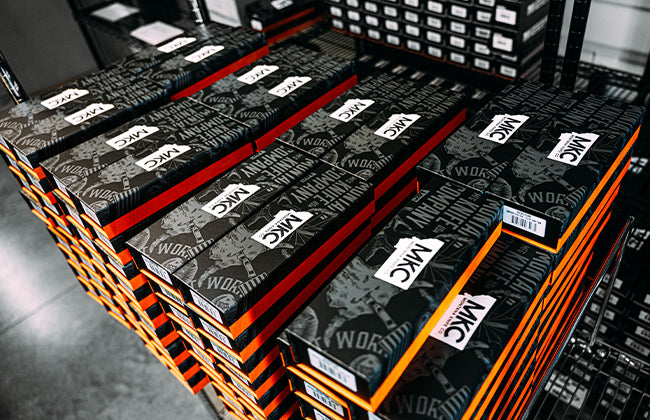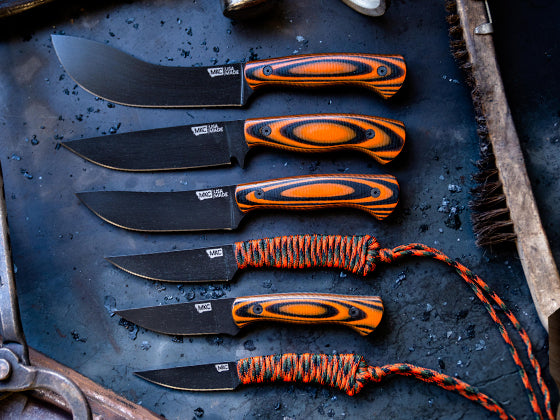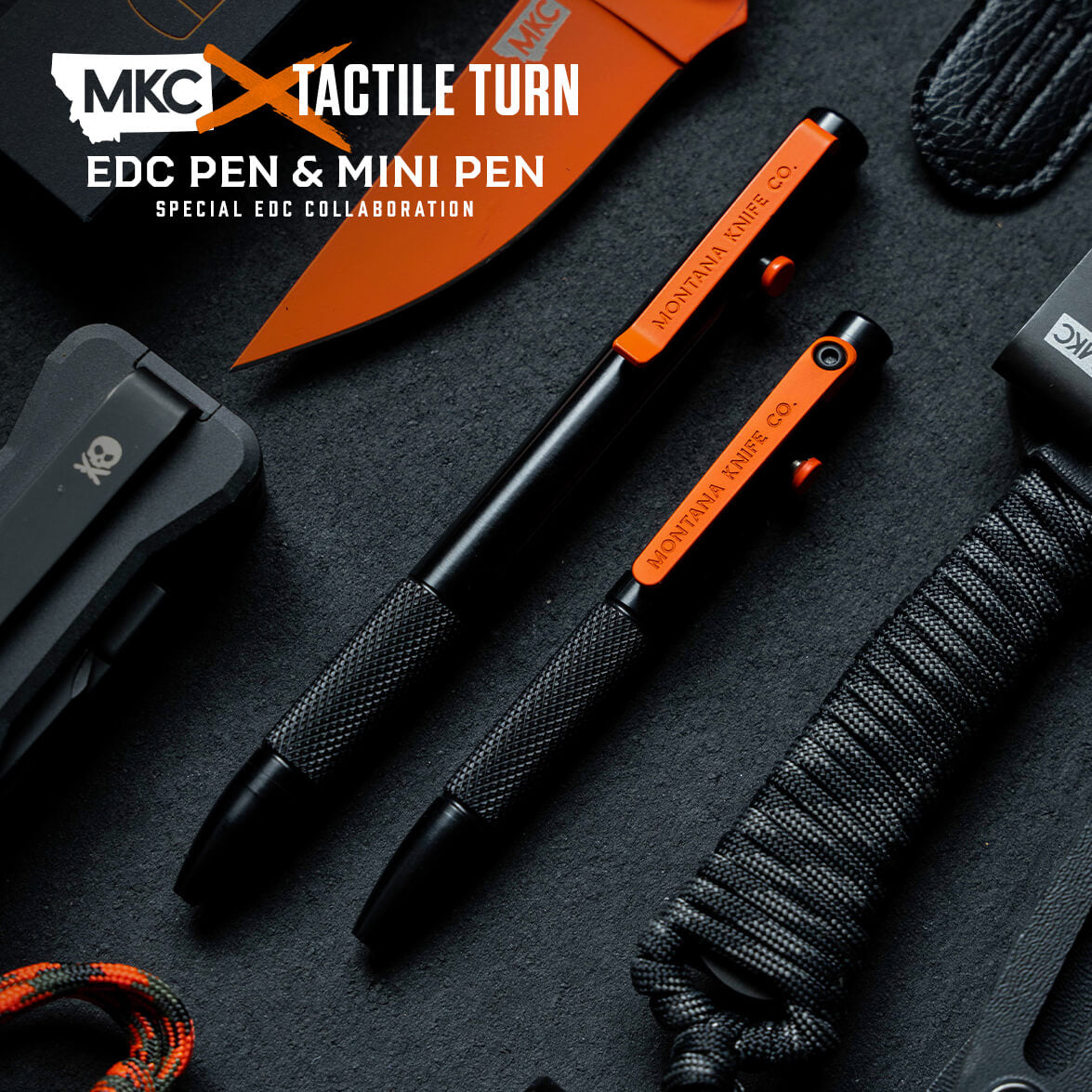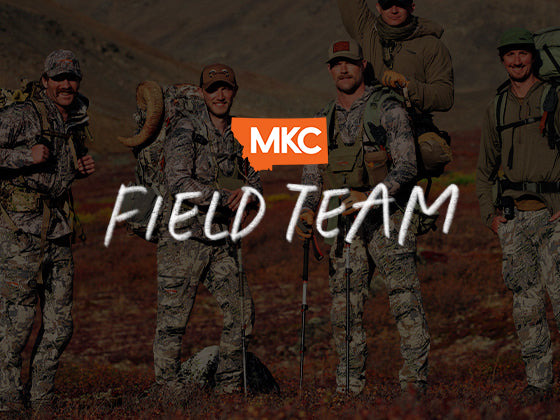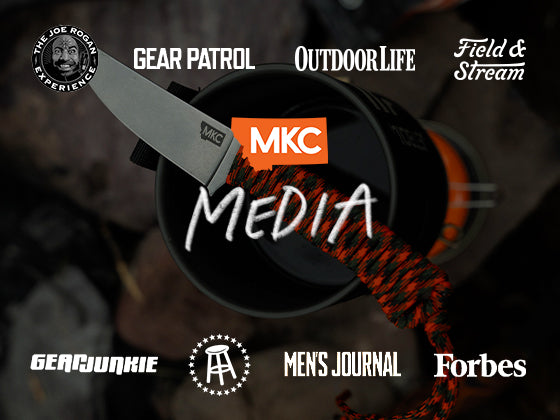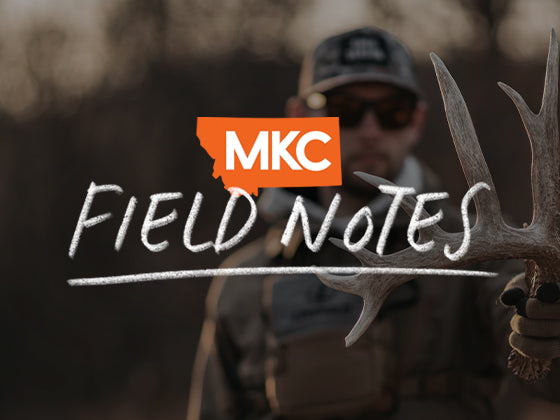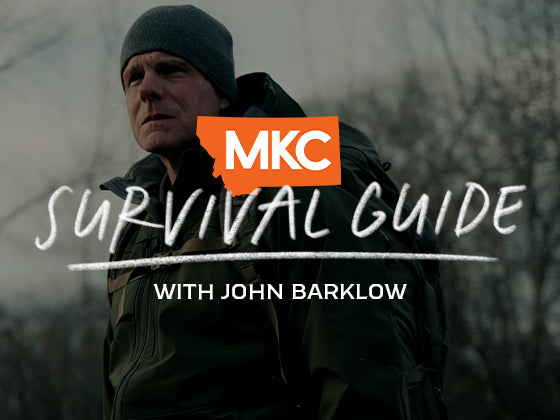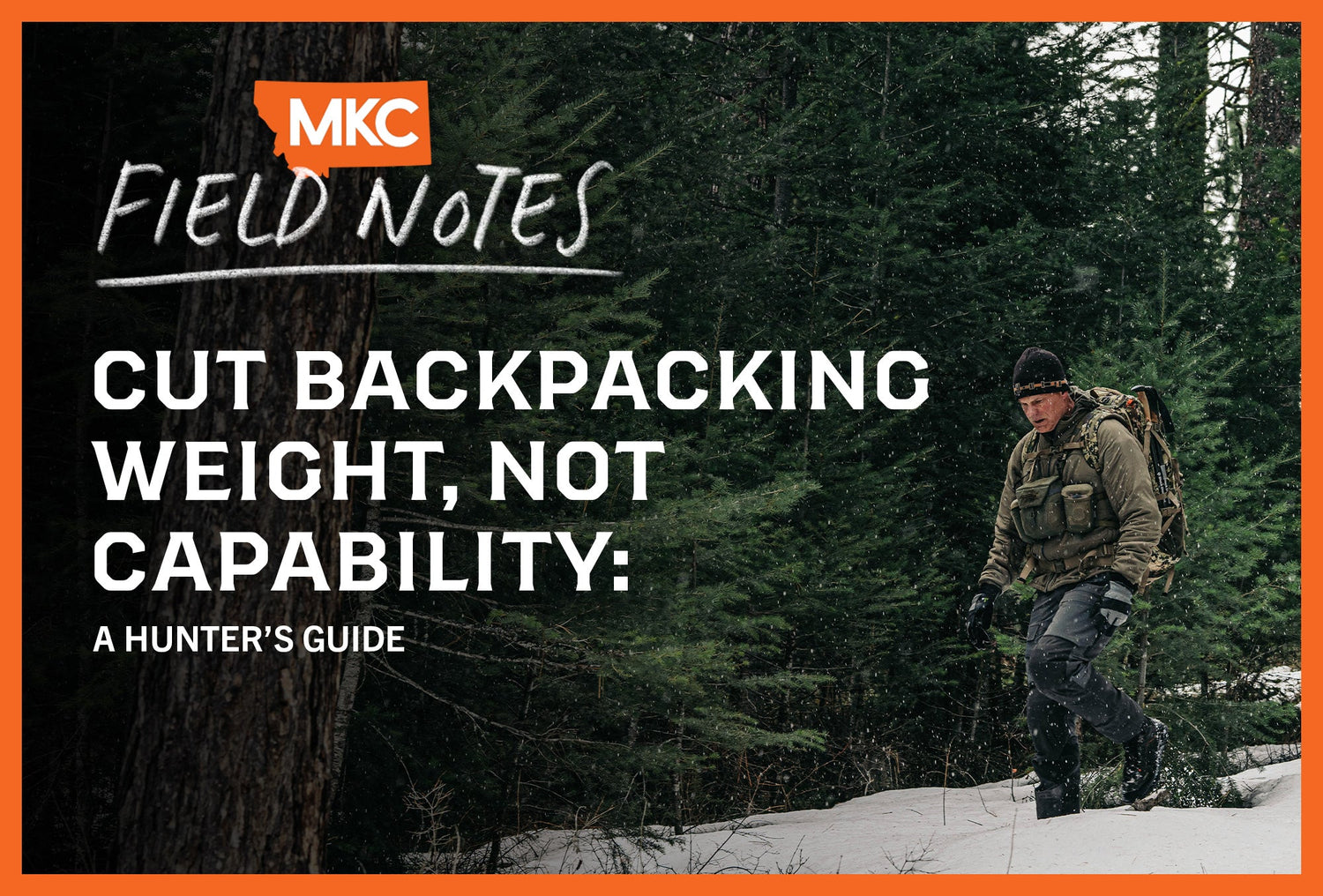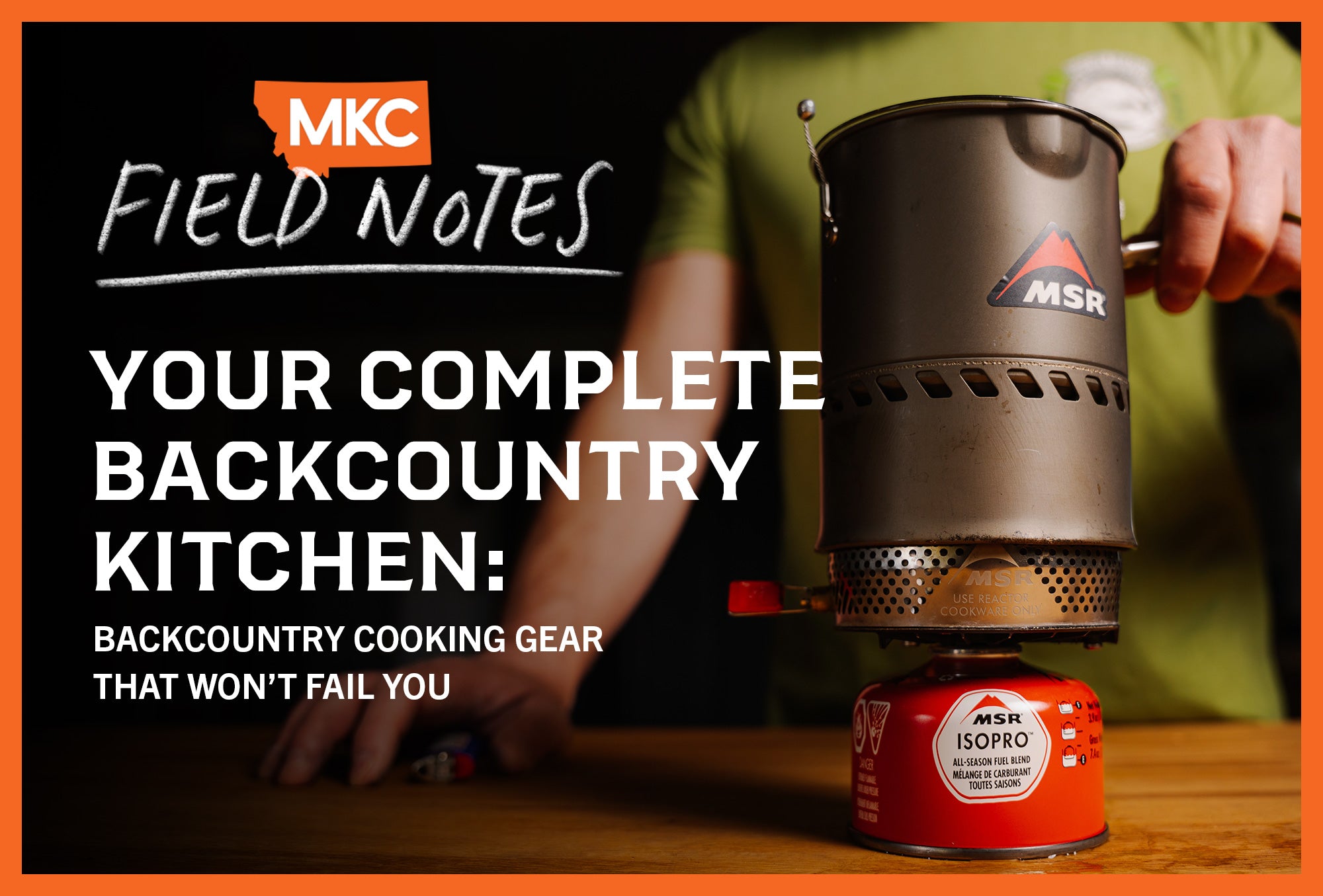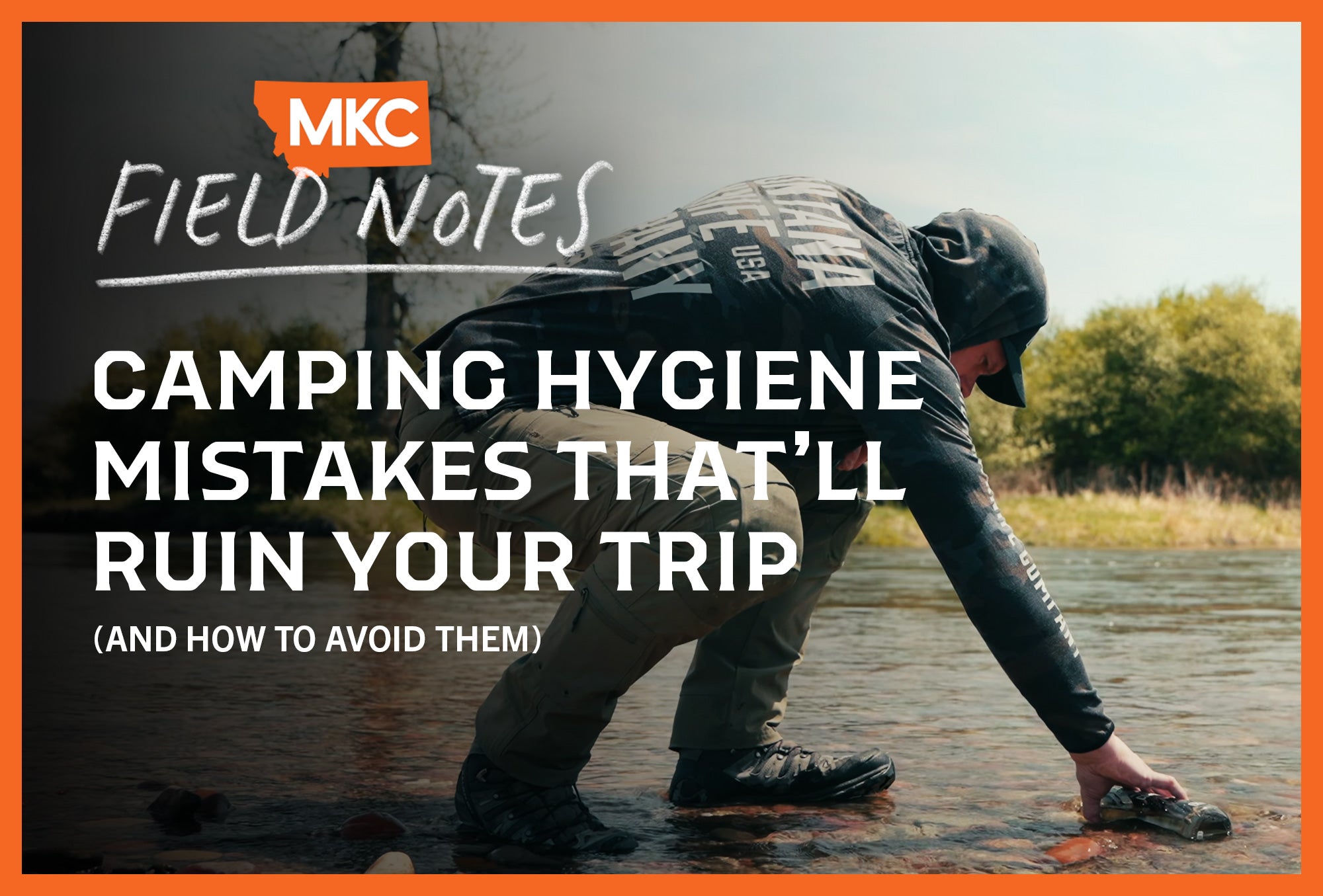Standing in a hangar in the Alaskan bush, I stared at my gear pile while the pilot delivered unwelcome news: “Cut 12 pounds in the next 15 minutes or you’re not flying.” With the floatplane inbound, I had to decide what to keep and what to leave behind.
In that moment, years of field experience came down to one question: How can I reduce my backpacking weight without compromising safety or hunting success?
The Backpacking Weight Evolution Every Outdoorsman Experiences
How much should your backpack weigh? This question plagues both novice and experienced outdoorsmen. Unlike hikers who return with identical loads they started with, hunters face unique backpacking weight challenges. We hope to exit the backcountry heavier than we entered it.
Most backcountry travelers follow a predictable progression in managing their pack weights:
- Overload Phase: Limited experience leads to excessive gear as a safety buffer.
- Ultralight Extreme: Experience builds confidence, resulting in dangerous weight reduction.
- Reality Calibration: Surviving the ultralight phase teaches us what’s necessary versus what’s merely convenient.
The reality calibration phase is different for each outdoorsman, but the core principles are universal: Your backpacking weight must balance mobility with capability.
Non-Negotiable Items That Impact How Much Your Backpack Should Weigh
Start your backpacking weight strategy by identifying what absolutely cannot remain behind. For me, these non-negotiables include:
- Complete eight-piece clothing system (with rain gear and a puffy jacket as core survival items)
- Possibles pouch containing medical supplies
These pieces are the foundation of my survival strategy regardless of trip length or destination. I evaluate everything else through a practical field lens.
Multi-Function: The Key to Reducing Backpacking Weight
The most effective way to reduce pack weight without sacrificing capability is by selecting multipurpose gear:
- Trekking poles double as shelter supports, eliminating the need for dedicated tent poles.
- Rain jackets function as windbreakers and outer insulation layers.
Every piece in your pack must answer this question: “Does this perform more than one important field function?”
Limit Redundancy While Maintaining Capability
Modern backcountry gear is leagues better than what we had a decade ago. You can eliminate most backup equipment without increasing your safety risk.
Here’s what I never duplicate in my system:
- Pants
- Puffy jackets
- Base layers
- Rain gear
Here’s what deserves redundancy:
- Socks (prevent blisters and maintain foot health)
- Liner gloves (preserve hand function in cold environments)
The reason is simple: Functional hands operate lighters, stoves, communication devices, and weapons, and healthy feet keep you mobile when you’re forced to retreat.
Organizational Systems to Reduce Backpacking Weight
My streamlined organizational approach reduces my backpacking weight without affecting my performance.
Minimize stuff sacks. Each three-ounce stuff sack seems negligible, but four of them add nearly a pound of non-functional weight. Organize directly in your pack when possible.
Field-strip commercial meals. Remove excess packaging before departure to reduce bulk, noise, and trash. This creates a more compact food system while improving stealth during stalks.
Replace tent stakes with natural anchors. When hunting in areas with trees, rocks, or substantial vegetation, leave dedicated stakes behind and use natural anchors instead.
Footwear: An Important Factor in Backpacking Weight
Boot weight directly impacts your field endurance. Removing just four ounces per boot saves energy across thousands of steps.
Lightweight boots prevent the fatigue heavier options cause, so you can pursue animals quickly and quietly. Otherwise, you’ll just drag yourself around the mountains.

Field-Tested Backpacking Weight Principles
In that Alaskan hangar scenario I mentioned earlier, I needed to cut 12 pounds of backpacking weight immediately.
I left behind my heavy hip waders and substituted knee-high rubber boots paired with rain pants. This four-pound savings helped me meet my weight restriction without sacrificing my ability to cross wet terrain.
These principles guided my decision:
- Identify necessities based on environmental conditions.
- Eliminate single-purpose equipment when possible.
- Maximize each piece’s capability-to-weight ratio.
- Prioritize equipment that maintains mobility, warmth, and communication.
- Test your system before trips.
When my students ask me, “How much should your backpack weigh for a weeklong hunt?” my answer starts with these principles rather than a specific number.
Finding Your Personal Backpacking Weight Number
How much should your backpack weigh? No universal standard exists. Your answer depends on:
- Trip duration
- Terrain difficulty
- Weather conditions
- Physical capabilities
- Available support
You can trim your toothbrush handle to save a fraction of an ounce, but meaningful backpacking weight reduction comes from systematic evaluation of your entire kit.
The most effective weight savings come from smarter systems rather than trivial modifications. Focus on your shelter, sleep system, clothing, and food packaging. The wilderness doesn’t care how light your pack is, only whether you can handle what it throws at you.

by John Barklow, a Special Operations Survival Instructor and consultant who has spent decades teaching military personnel and civilians survival techniques in extreme environments.






















